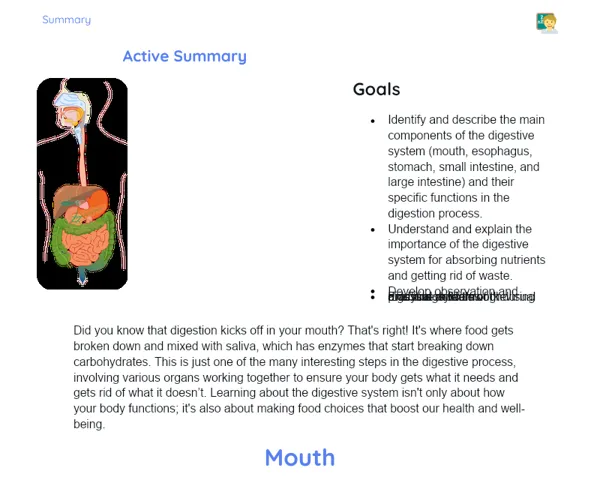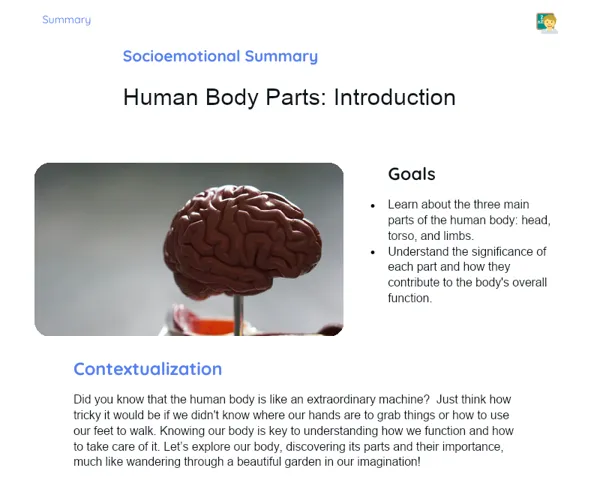Objectives
1. 🎯 Grasp how light behaves when it moves through various materials and objects.
2. 🔍 Identify and differentiate between materials that let light pass through, reflect it, or absorb it.
3. 🌈 Explore how light influences our surroundings, including the formation of shadows and reflections on surfaces.
Contextualization
Did you know that understanding light is vital not only for seeing but also for grasping how many technologies work? Take smartphone screens, for instance. They rely on the way light is reflected and transmitted, showcasing how we apply this knowledge in our everyday lives. Plus, the various ways materials absorb, reflect, or transmit light allow us to enjoy stunning sunsets or rainbows—natural wonders that have captured human imagination for generations!
Important Topics
Reflection of Light
Reflection happens when light hits a surface and bounces back into the same medium without changing its path. This occurs on shiny surfaces like mirrors where we see specular light, and on rough surfaces, where light bounces in multiple directions, leading to what we call diffuse reflection.
-
Shiny surfaces such as mirrors reflect light so accurately that we see the image without distortion (specular reflection).
-
Rough or unpolished surfaces, like walls, scatter light in many directions, assisting in even illumination of spaces (diffuse reflection).
Refraction of Light
Refraction is what happens when light travels from one medium to a different one, like moving from air into water or glass. This causes the light to change direction and creates visual effects, such as a rainbow's colours or images formed by lenses and prisms.
-
Light travels at different speeds depending on the medium, which explains why it changes direction when moving between materials.
-
Refraction is integral to optical devices like camera lenses and telescopes, focusing light and creating images.
Opacity and Transparency
A material's opacity decides whether light can get through it. Opaque materials, such as wood, block light completely, while transparent materials like glass allow light to pass through with little to no change. Translucent materials, such as parchment paper, let light in but scatter it, making the view less clear.
-
How opaque a material is depends on its capacity to absorb and reflect light instead of allowing it to pass through.
-
Transparent materials play a crucial role in communication technologies like optical fibres, which transmit light signals over great distances.
Key Terms
-
Light: A type of electromagnetic energy visible to the human eye, travelling in electromagnetic waves.
-
Reflection: The process where light strikes a surface and returns to the original medium without changing direction.
-
Refraction: The change in direction of light when moving from one medium to another due to variations in its speed.
For Reflection
-
Why is the sky blue? Think about how sunlight interacts with the atmosphere to produce this colour.
-
How does the refraction of light in prisms separate sunlight into different colours?
-
Consider an everyday object and detail how it interacts with light (whether it reflects, refracts, or absorbs it).
Important Conclusions
-
Today, we dove into how light interacts with various materials and surfaces, covering reflection, refraction, opacity, and transparency. These ideas are key not only for understanding technologies like cameras and screens but also for appreciating beautiful natural phenomena such as rainbows and sunsets.
-
We discovered how light can be reflected or refracted, and how these interactions influence image formation and visual effects in our day-to-day lives.
-
Understanding how different materials absorb, reflect, or transmit light significantly impacts our perception of the world, underscoring why studying light is vital in science.
To Exercise Knowledge
Start a Light Journal! For one week, observe and jot down how light interacts with various objects and surfaces at home or school. Try to spot examples of reflection, refraction, and absorption of light. Illustrate your findings with sketches or photos.
Challenge
Light Wizard Challenge: Use simple materials like a glass of water, a makeshift prism (like a CD), and a flashlight to create a 'light show' in a dim space. Try different angles and distances to see how light behaves!
Study Tips
-
Watch documentaries or educational videos about light and optics to better visualize the concepts discussed and see real-life examples.
-
Experiment with a science kit featuring lenses and prisms to directly observe light refraction and reflection effects.
-
Talk to friends or family about how light impacts our daily lives. Try to explain the ideas you've learned in a straightforward way to solidify your own understanding.


